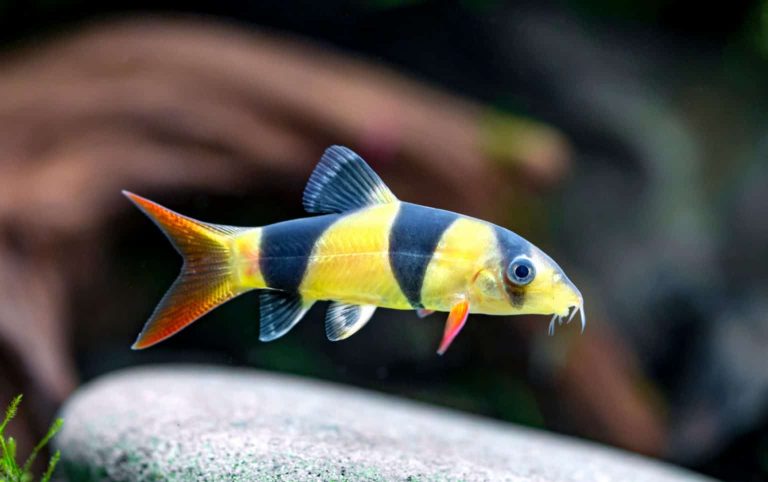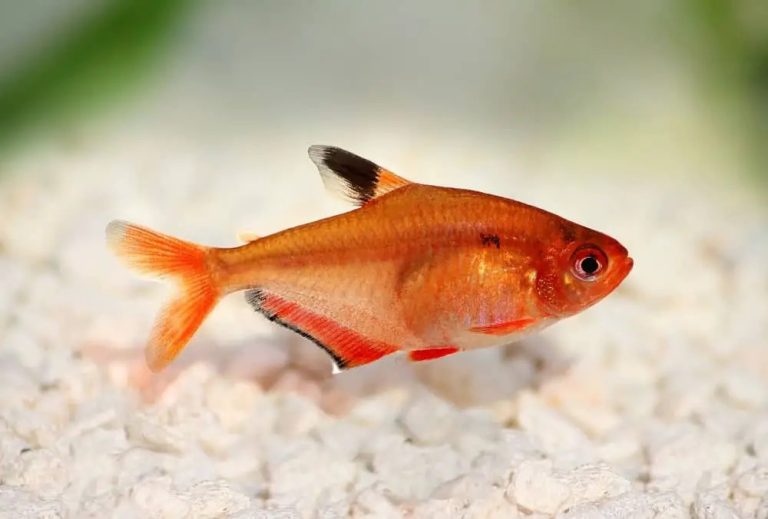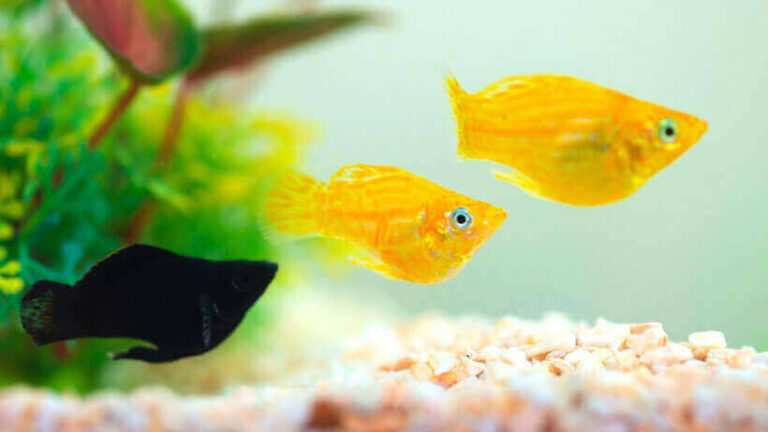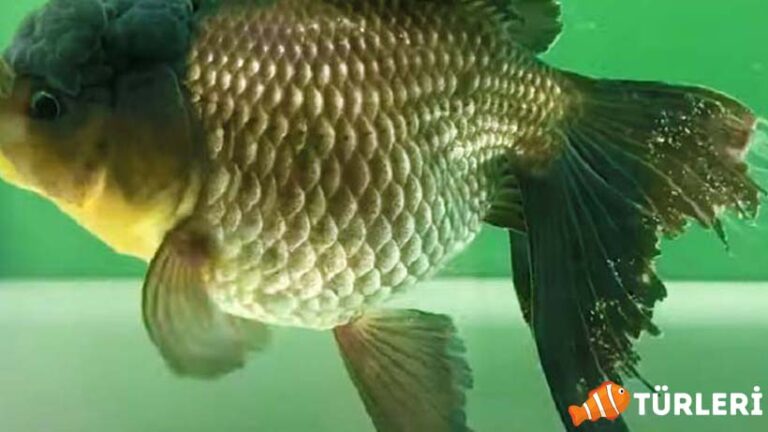Cory Catfish
Cory catfish, belonging to the genus Corydoras, are small, peaceful, and bottom-dwelling fish popular among aquarists. These fish have captured the hearts of many due to their unique appearance, playful nature, and community compatibility. Here’s a comprehensive guide for any enthusiast looking to care for these fascinating fish.
Cory Catfish Species Summary:
| Scientific Name: | Corydoras sp. |
| Origin: | Freshwater rivers and streams of South America |
| Diet: | Omnivore (primarily feeds on detritus and small organisms but will appreciate protein supplements) |
| Behavior: | Peaceful |
| Behavior Towards Their Own Species: | Social and prefers to be in groups. Can be territorial if overcrowded. |
| Swimming Zone: | Bottom |
| Water Temperature: | 22 – 28 °C |
| Water Hardness: | 2 – 30 GH |
| pH Level: | 6.0 – 7.8 |
| Minimum Aquarium Volume: | 30 Liters (for small species and small groups. Larger species and groups require more space.) |
| Adult Size: | 2.5 – 10 cm (can vary among species) |
| Reproduction: | They lay eggs, often on tank glass, plants, or decor. |
| Lifespan: | 3 – 10 years (with proper care) |
| Care: | Easy to moderate. Requires fine, sandy substrate to protect their barbels, and they benefit from well-oxygenated water. |
1. Introduction to Cory Catfish
Corydoras, commonly referred to as Corys or Cory Catfish, originate from South America. They have armored plates on their bodies and are equipped with sharp barbs, which they use for protection against predators.

2. Different Types of Cory Catfish
There are over 160 described species of Cory Catfish. Here are some popular ones:
- Corydoras paleatus: Also known as the Peppered Cory.
- Corydoras aeneus: Known as the Bronze Cory.
- Corydoras julii: Referred to as the Julii or Leopard Cory.
- Corydoras sterbai: Recognized as the Sterbai Cory.
- Corydoras pygmaeus: The tiny Pygmy Cory.
Each species varies in size, color, and pattern, but their basic care requirements are relatively similar.
3. Ideal Tank Conditions
- Tank Size: A 20-gallon tank is suitable for most Cory species. However, they thrive in groups, so it’s best to have at least 4-6 of the same species. For larger species or larger groups, a bigger tank is needed.
- Substrate: Corys love to dig and scavenge. A soft, sandy substrate is ideal. Avoid gravel, as it can damage their delicate barbels.
- Plants & Decor: Provide plants, driftwood, and caves for hiding spots. Make sure there are no sharp edges that might harm them.
- Water Conditions: Soft, slightly acidic water (pH 6.0 – 7.8) is ideal. Temperature should range from 72-78°F (22-25°C). Regularly test water for ammonia, nitrites, and nitrates to ensure optimal conditions.
4. Dietary Requirements
- Variety is Key: Corys are omnivorous. Provide a balanced diet of high-quality pellets, flakes, and live or frozen foods like bloodworms, brine shrimp, and daphnia.
- Feeding Routine: Feed them once or twice a day, ensuring they get their fair share. Since they’re bottom feeders, sinking pellets or wafers are essential.
5. Tankmates & Compatibility
Cory Catfish are community fish. They do well with other peaceful tank mates like:
- Tetras
- Guppies
- Platies
- Small Rasboras
- Dwarf Cichlids (like Apistogrammas)
Avoid aggressive fish or species that might see them as food.
6. Breeding Cory Catfish
With the right conditions, Corys can be bred in captivity:
- Conditioning: Feed a protein-rich diet for a week or two before breeding.
- Water Change: A slight drop in temperature triggered by a water change can stimulate spawning.
- Egg Laying: Females will lay eggs on glass, plants, or other surfaces. It’s wise to move the eggs to a separate tank to prevent other fish from eating them.
- Rearing Fry: Once hatched, feed the fry with infusoria or powdered fry food until they’re large enough to consume regular food.

7. Health & Potential Issues
- Barbel Erosion: This occurs when the catfish’s barbels wear down, often due to rough substrates.
- Skin Issues: Like all fish, Corys can suffer from fungal or bacterial infections. Watch out for changes in skin color, texture, or behavior.
- Parasites: Corys can occasionally host internal or external parasites. Regular health checks and quarantine of new fish can prevent this.
8. Interesting Facts
- Cory Catfish can “breathe” air. They have a modified intestine allowing them to extract oxygen from gulps of air.
- When happy and healthy, Corys often display playful behavior, like dashing to the tank’s surface or swimming in entertaining patterns.
Cory catfish are a delightful addition to any freshwater tank. Their intriguing behaviors, varied species, and communal nature make them ideal for both beginners and advanced aquarists. With proper care, a balanced diet, and the right environment, Corys can thrive, bringing joy to their caregivers for years to come.






